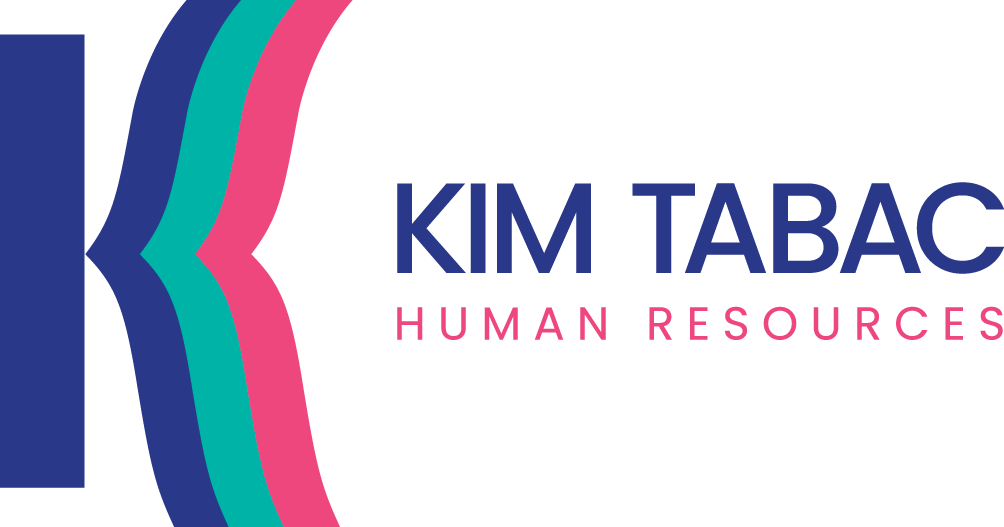The Multigenerational Workforce (Part 1): The History
For the first time in contemporary history, there are four generations in the workforce:
- Baby Boomers
- Generation X
- Millennials
- The first cohort of Generation Z (those who began graduating from university in 2019)
Four generations with very different value sets, a very different relationship to the working world, and vastly different expectations of their employer, and of their peers. This generational diversity provides us with a unique opportunity to leverage learnings, experience and expertise acquired at very different points in our history, and when managed well, can become a key strategic advantage. Sadly, the generational diversity has also become a contentious issue internally at many companies and has created a new set of challenges for business leaders and people managers.
58% of HR professionals reported conflict between younger and older workers
A Forbes study of 300 large global companies shows that a diverse set of experiences, perspectives, and backgrounds is essential for innovation. Thanks to their different ways of thinking about the world – and the workplace – each generation brings a distinct thought process thereby making a multigenerational workforce an excellent source of differing perspectives and a huge competitive advantage.
Varying approaches to workplace norms:
Before we can go about solving for the friction between the generations in our workplaces, it is important to better understand what has defined their perceptions about the common workplace norms.
Baby Boomers
As children whose parents suffered through the great depression, Baby Boomers were born in a post war era defined by a booming economy. Baby boomers were raised with the idea that with hard work, anything was possible, “the American dream”, and believed in the adage of one job/company for life. With that in mind, they prioritize their jobs above all other aspects of their lives and work very long hours, sometimes missing family events or school functions.
Gen-X
Social experts say that the term work/life balance was coined by Generation X. As a generation who has lived through more economic recessions than any other, they were the children whose soccer games and school recitals were often missed by their working parents. While Gen X appreciates hard work, they are determined to play active roles in the lives of their children and extended family, a privilege not afforded to their Boomer parents.
Millennials & Gen-Z
Young millennials and Gen-Z’s witnessed the burnout that their parents faced under this “work hard” model and as a result, approach work as “free agents” intent not to make the same mistake that their Gen-X parents made after seeing them get restructured multiple times over the course of their careers. Surveys have found that these generations are less likely than their elders to spend long hours in the office with overbearing bosses, and a lack of boundaries between their personal and professional lives. This generation does not want to repeat the mistakes of their parents who spent countless hours at work, only to be restructured when the economy turned.
Leaders and managers face many challenges in today’s ever-changing business environment, and managing multiple generations is no exception. Understanding the unique characteristics of each of the generations in the workforce today and their relationship to work, is an important first step. The next article in this series will highlight key tips for leveraging these differences as a key strategic advantage.

